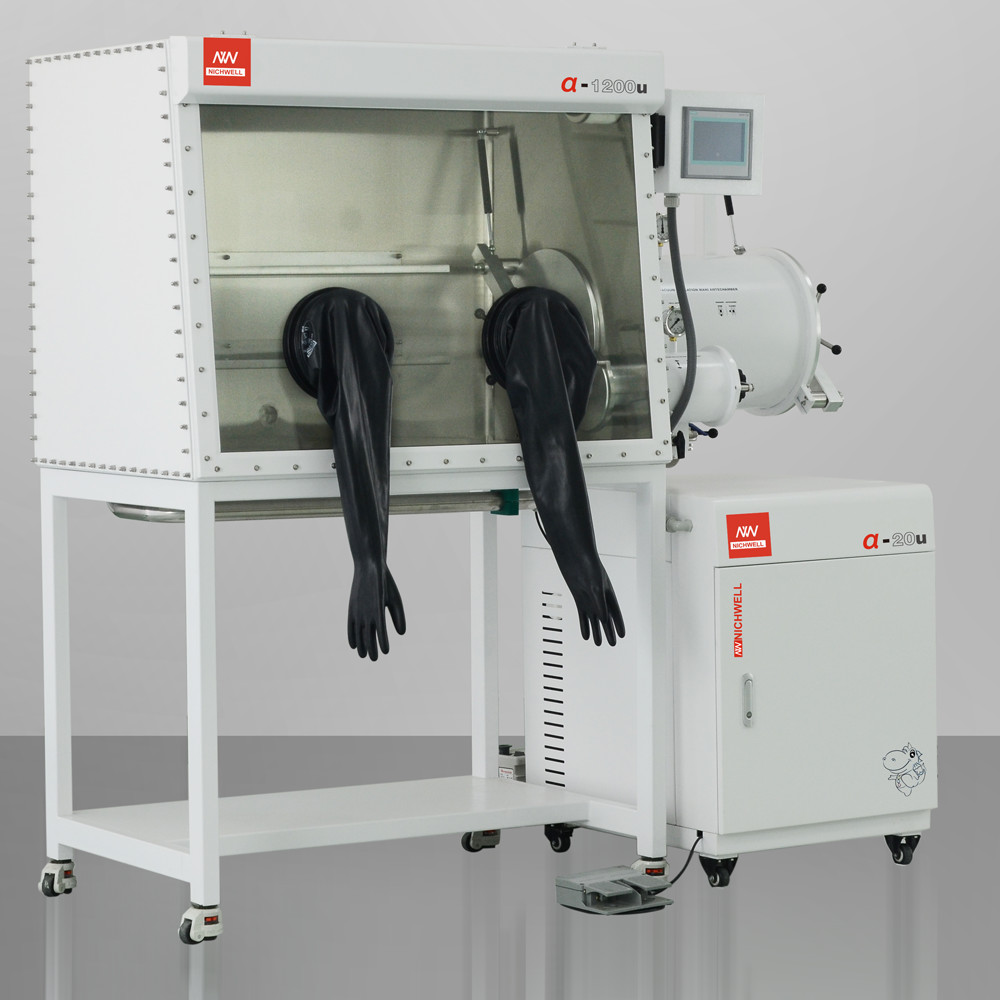How to select a glove box for your applicaiton

There are variety of glove boxes at a range of prices on market. How to select a glovebox suited for your specific applications becomes challenging. However, it would be helpful to know about the basics of glove boxes.
There are two categories of glove boxes: controlled atmosphere gloveboxes and filtered gloveboxes. Controlled atmosphere is obtained by purging the glove box chamber with an inert gas such as nitrogen or argon so that the oxygen and water vapor are insulated from the controlled atmosphere in the enclosed gas-proof chamber. Filtered gloveboxes are mainly used to prevent particles from coming into or out of the glove box chamber. The filtration of particles often uses HEPA and ULPA filters at the inlet and/or the outlet of the glove box. The inlet filter prevents particulates from entering the glove box to avoid their effect on objects inside the box, while the outlet filter keeps hazardous particulates inside the chamber thus protecting operators.
Filtered glove boxes? The following factors should be considered:
1. The ranges of contaminants. If ultra pure inert atmosphere is required, purification systems should be considered. The purification system may further remove oxygen and water molecules during the circulation of the inert gas enclosed in the glove box chamber.
2. What gases are suited for your applications? Nitrogen is the popular gas. Otherwise, argon or other gases may also be considered.
3. What method used to maintain the atmosphere purification? Evacuation-refill method or a constant purging procedure can be considered depending on convenience and/or cost. Either method requires additional equipment such as a vacuum pump or a gas pump.
4. Particulates? If yes, the combination of controlled atmosphere and filtered glovebox may be considered, which means HEPA or ULPA filters should be installed.
Filtered glove boxes? Both HEPA and ULPA filters generate ISO Class 5 sterile air when working with airborne particulates. HEPA may be suited for the applications of biochemistry, pharmaceuticals, and other R&D applications. On the other hand, ULPA may be used to remove nano-particulates, non-biohazardous microorganisms, and particulate chemical carcinogens.
Note that hazardous particulates or gases, even after filtration, should be exhausted to the outside.